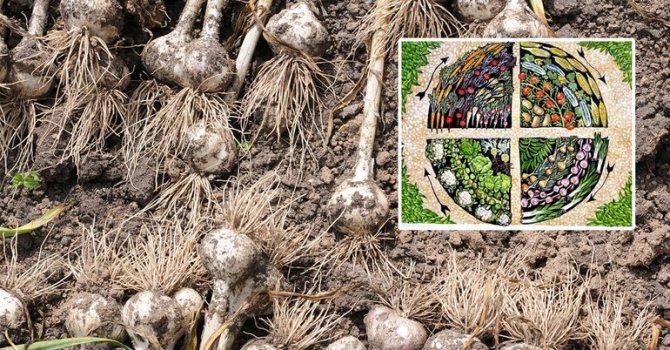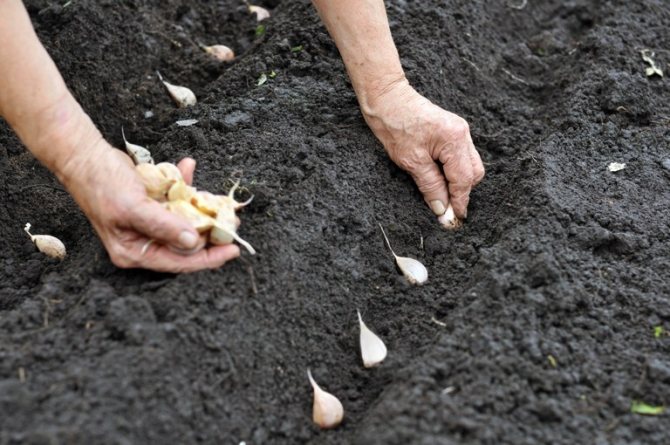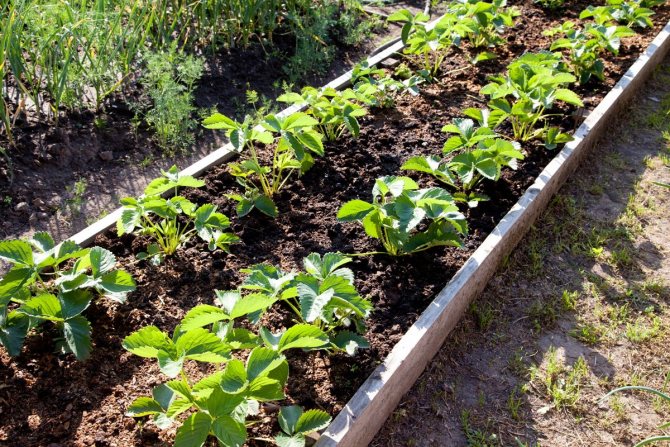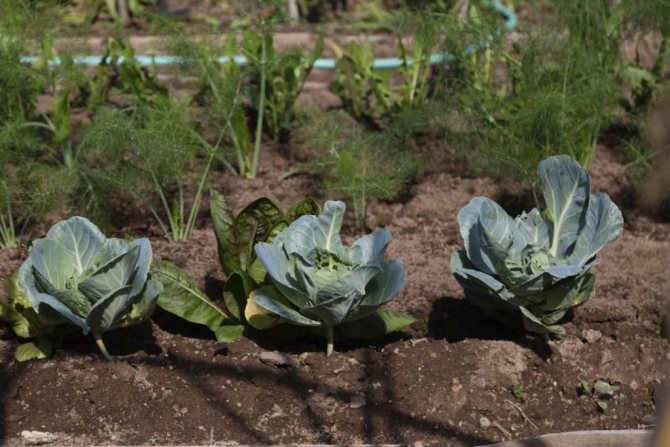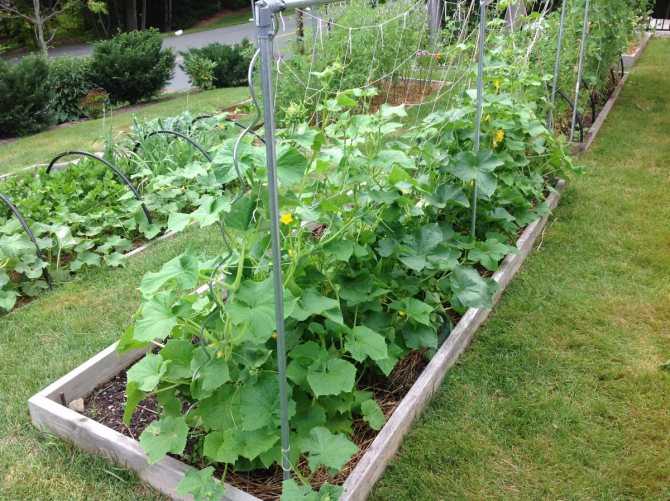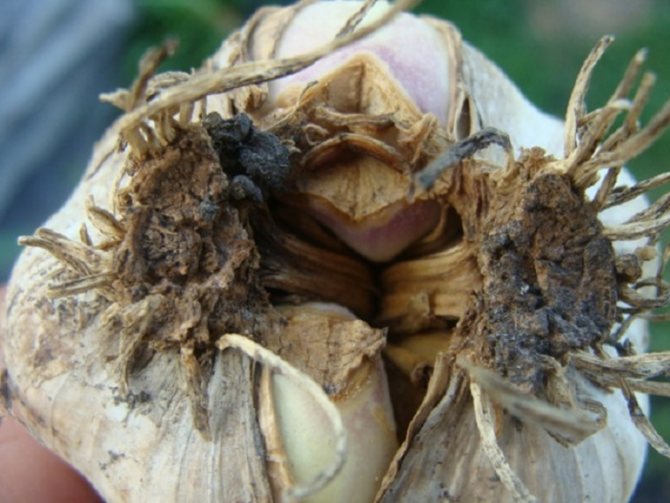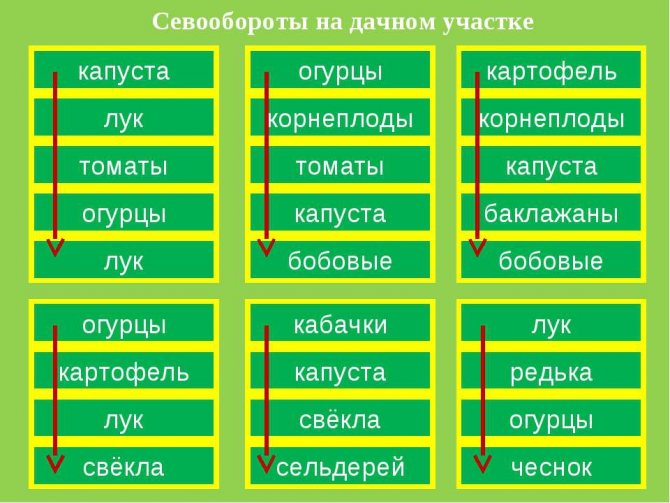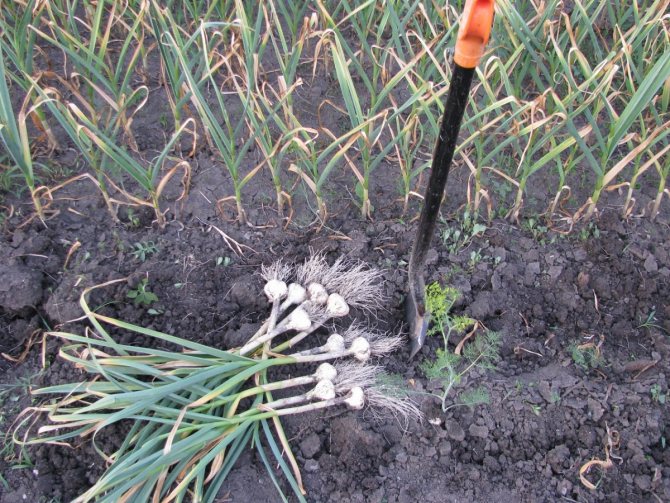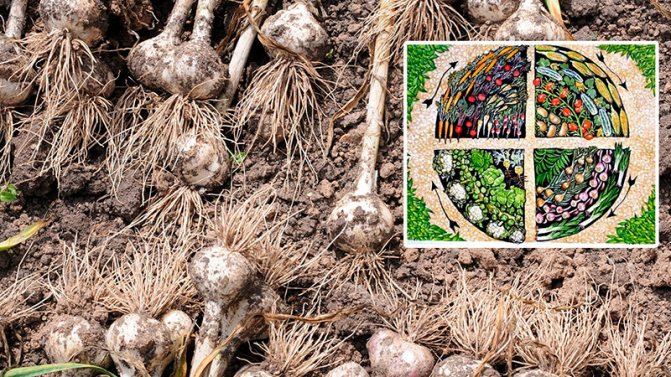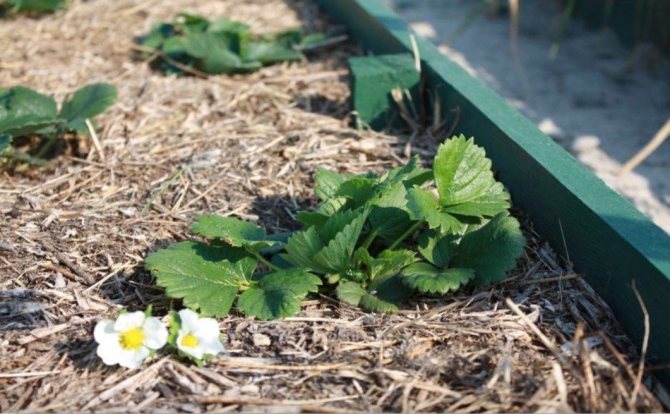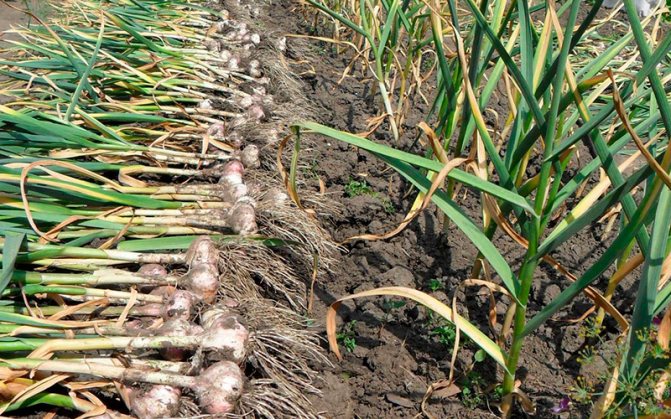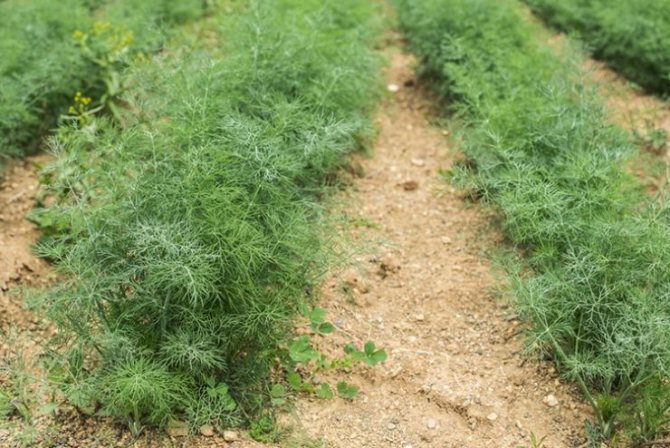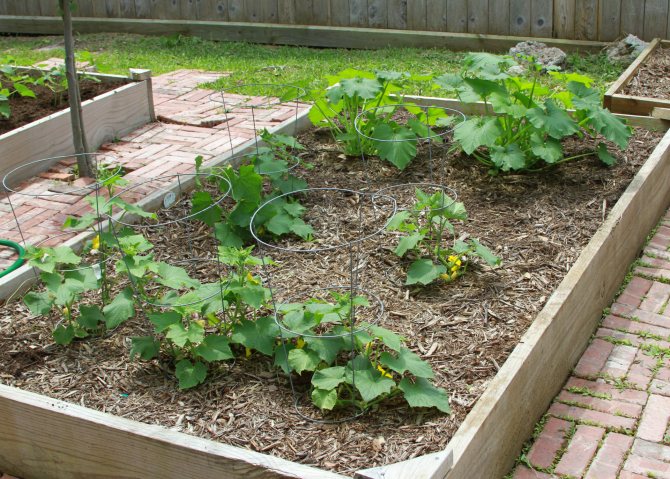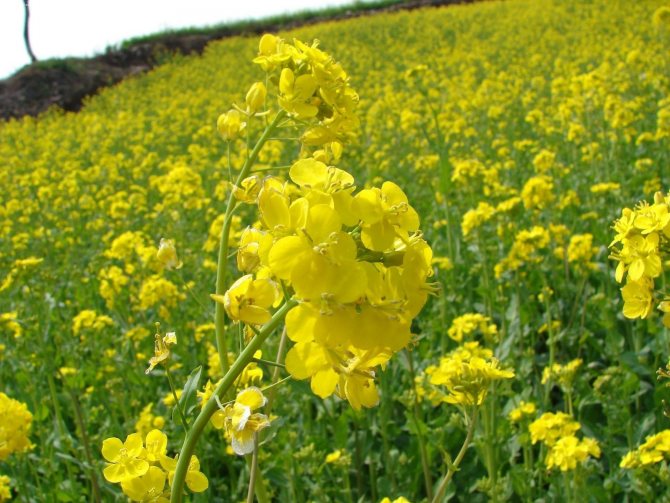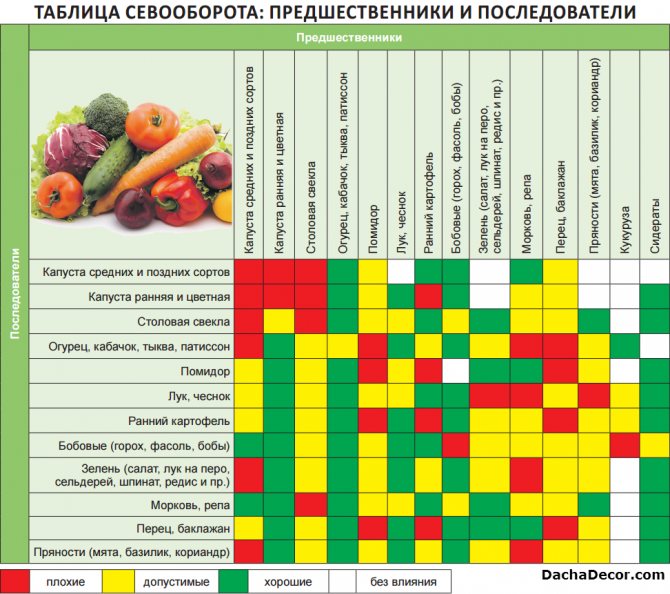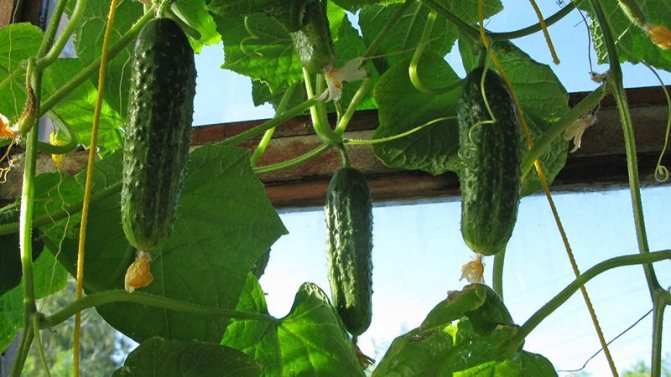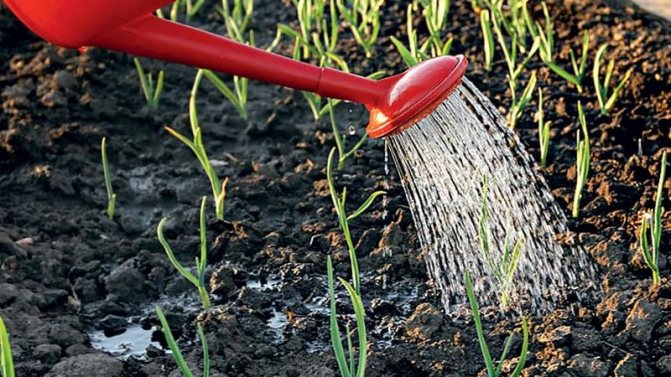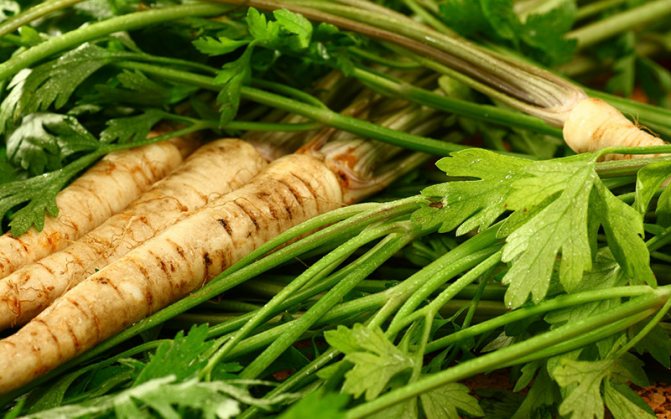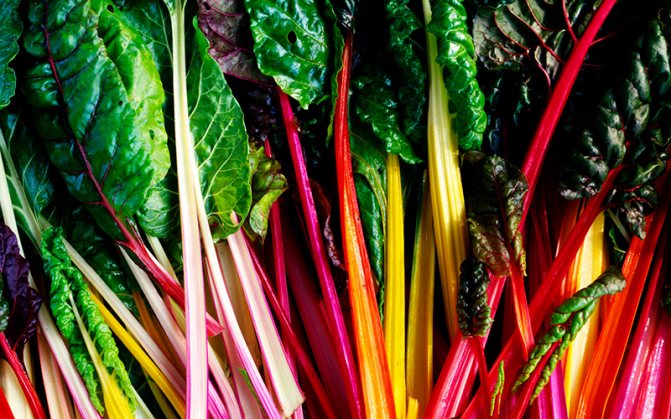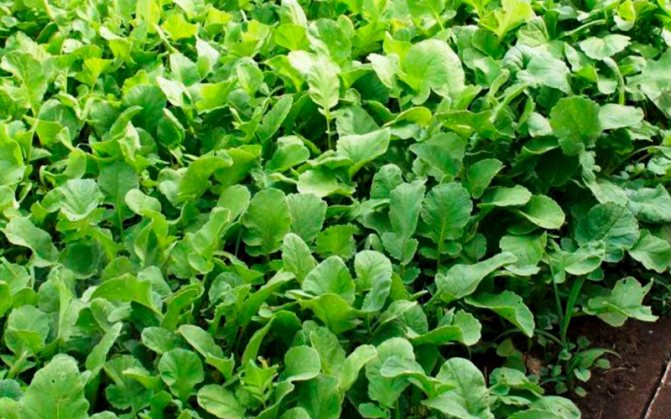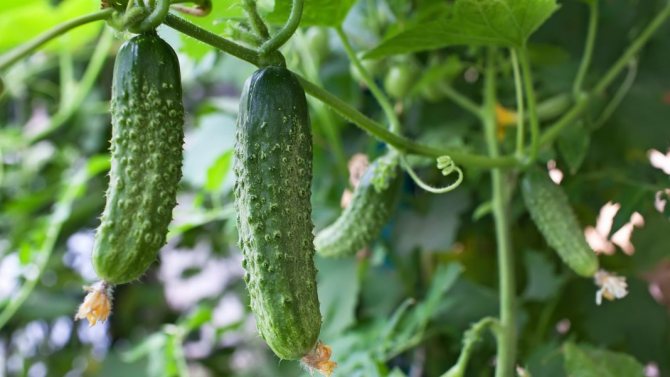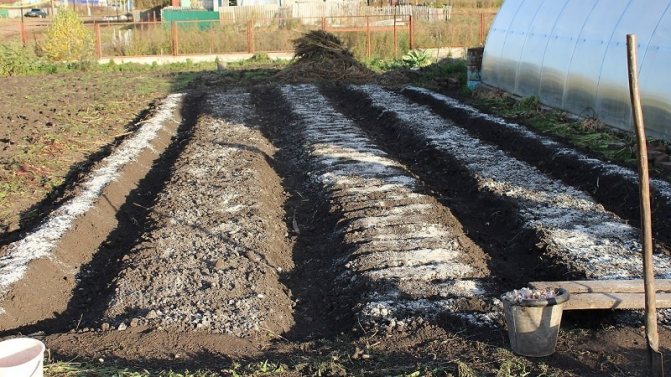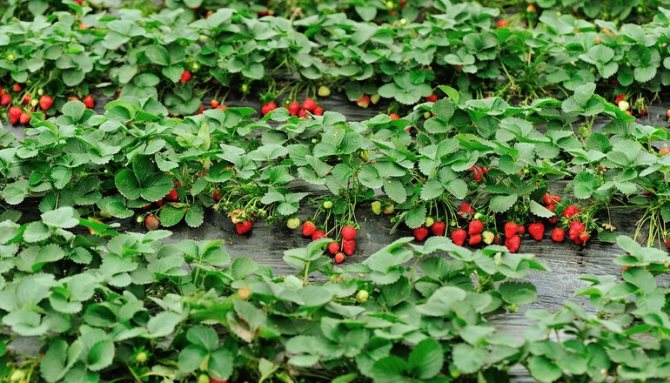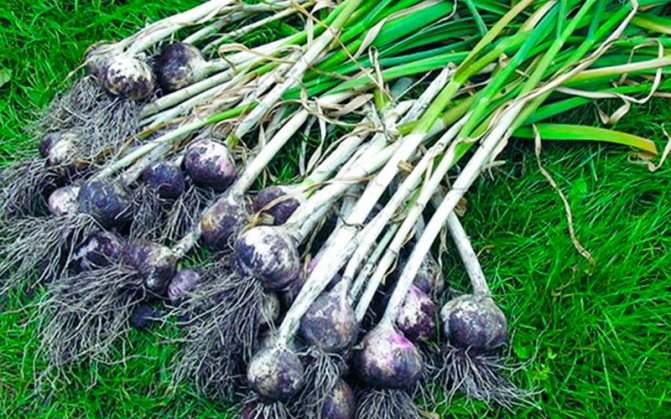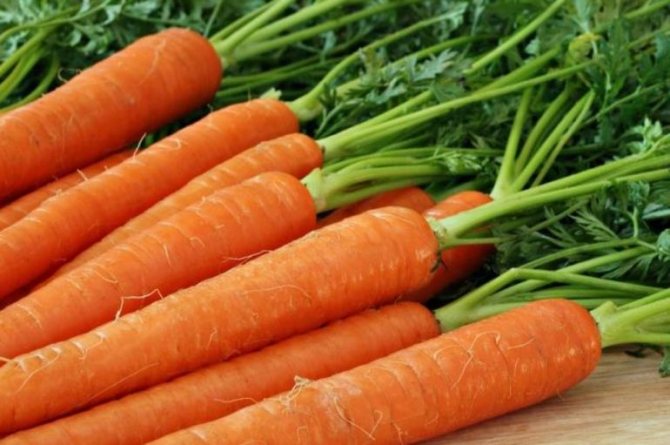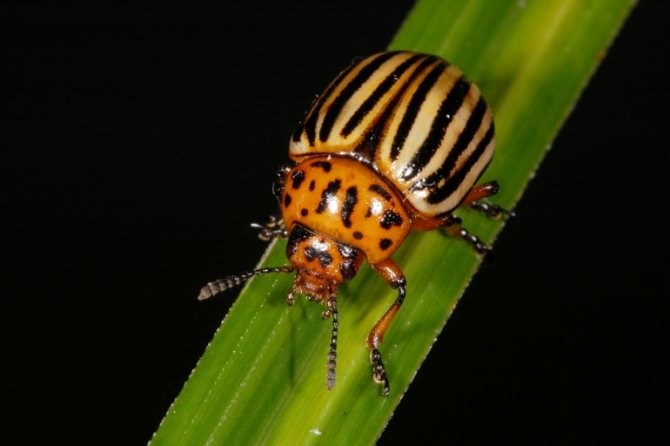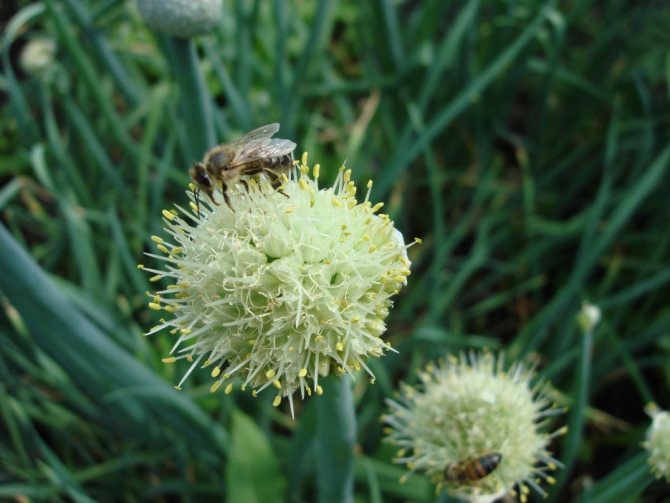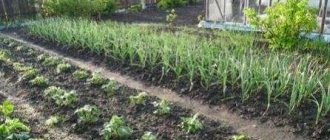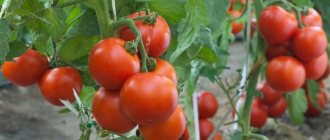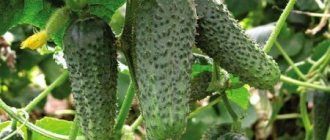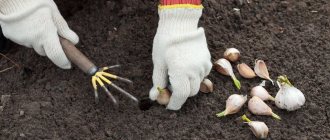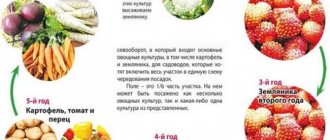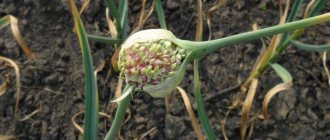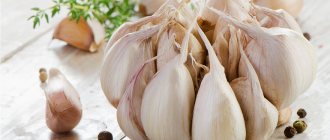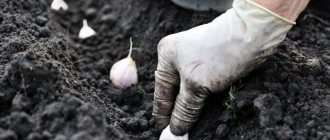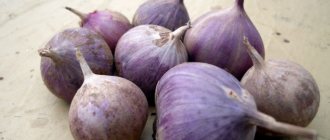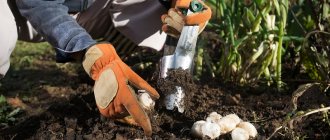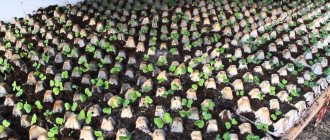Features of garlic
According to experts, garlic cannot be planted in one place for two years in a row or more. If you do not follow this rule, the soil will become infected with the stem nematode. How does this happen? The roots of any plant, including garlic, are capable of releasing mycotoxins: this is how they protect their borders. These substances accumulate, which leads to the poisoning of the plant itself.
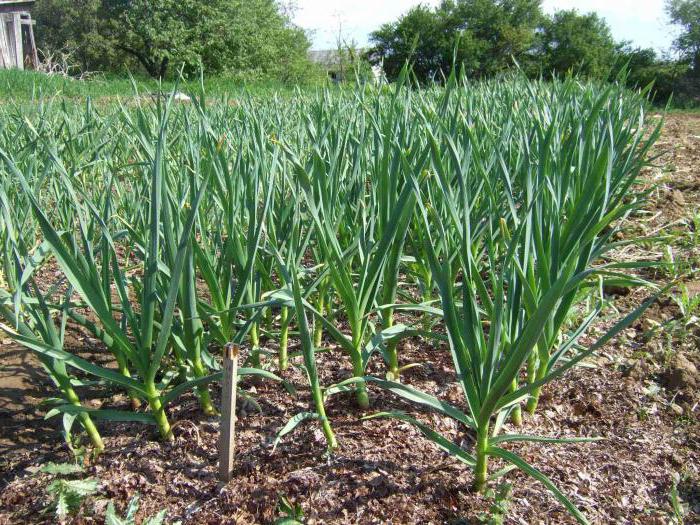
It is very important, after the garlic, to identify on this site such crops that will give the soil a rest and heal it. What should be grown after garlic, read the article below.
Crop rotation
Novice summer residents during the planting season have to think about what to plant after the garlic next year. So, there is a rule according to which the scheme of planting garden plants should change every year. This is called a crop rotation, which must be followed to restore the balance of nutrients in the soil. The scheme can be drawn up in advance, for several years in advance. It is important to keep track of the years on which bed fresh manure was applied. In order not to forget, it is better to mark directly in the diagram.
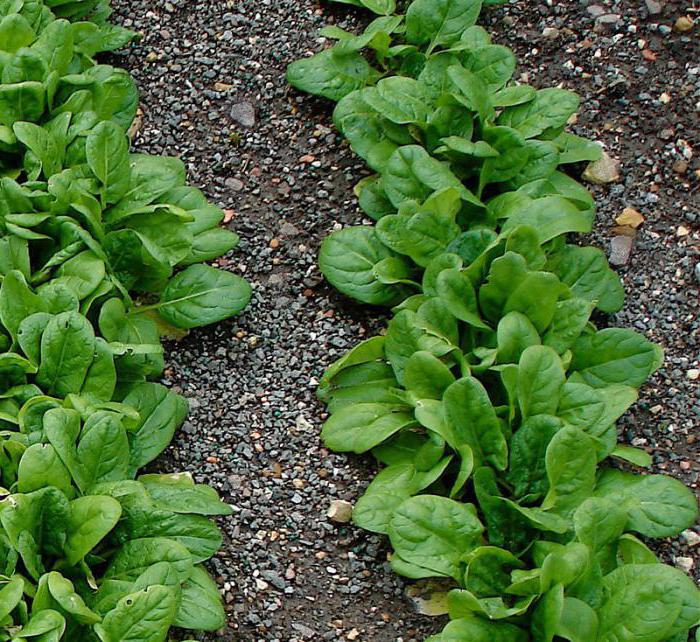

To know what is planted after garlic in the garden, you need to take into account that follower plants are of two types:
- Some are planted as soon as the garlic is harvested. The plot is sown with greens: lettuce, spinach or green manure, if there is no need to grow new crops.
- Planting other vegetables (potatoes, cucumbers, tomatoes, beets) can be rescheduled for next year.
Winter sowing of vegetables: algorithm
Sowing vegetables over the winter has several advantages:
- ideal for full use of the land in harvested garlic beds;
- abundant spring moisture is available to the seeds, due to which they have time to fully take root;
- during the winter months, the seed is naturally selected, hardened, stratified;
- podzimny plantings are distinguished by friendly shoots and resistance to spring temperature extremes;
- the resulting crop is harvested 1-3 weeks earlier.
The technology is indispensable in southern regions with warm winters and dry spring months. Often the beds are reused after winter sowing, which increases the profitability of the land allotment.
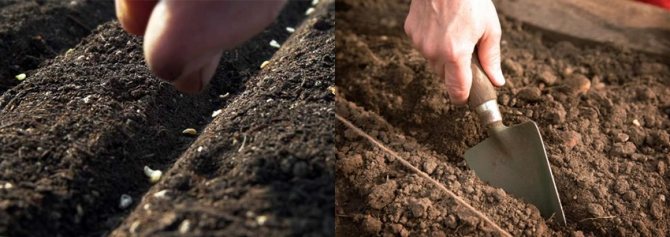

The site is chosen on a hill, a hillock, because it warms up faster with the spring sun. The earth is dug up, fertilizers are applied at will, thoroughly loosened. The grooves are made a little deeper than for spring embedding, the soil will settle a little over the winter. Water accumulates in the grooves, which contributes to the full moisture charging of the soil.
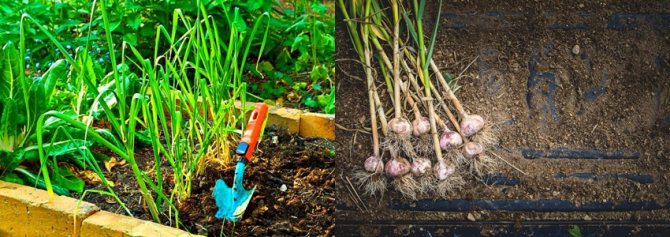

Planting operations start in October or November, in Siberia - in September. It is important to choose a period when the soil temperature will be around 0 ⁰С. It is better to be a little late than to sow earlier, because the emerging seedlings of vegetables will certainly die. The grooves are mulched with sand, peat, humus.
Advice! In regions with a cold climate, the ridge is covered with leaf litter, spruce branches are placed on top or covered with agrofibre.
Crop rotation rules
To observe the correct crop rotation, two rules must be followed:
- Do not use one place for the growth of crops belonging to the same family. For example, onions and garlic; potatoes and tomatoes; dill, cucumbers, zucchini and carrots.This is due to the accumulation of bacteria and toxins in the soil, as a result of which the incidence of plant diseases increases.
- It is necessary to alternate "roots" and "tops". So the consumption of nutrients will occur rationally, which will maintain their balance.
The roots are the organs of this vegetable, in which there is a supply of nutrition. They are root vegetables. The tops are the ground part of the plant. These are stems, leaves, fruits.
A few tips from an experienced summer resident
In order not to get confused in the crop rotation, experienced gardeners recommend starting special tables or diagrams of the garden, where you need to specify in detail what, where and when it grew in the garden. Knowing the properties of cultures, you can choose the most correct "neighbors" for them. The use of tables will allow you to plan planting according to the rules of crop rotation, as well as make long-term plans.
You can make special tables so as not to get confused where and when certain plants grew
You need to be careful with watering the garlic bed. Watering is necessary only when it is hot and the plants grow. Experienced gardeners advise watering no more than once every seven days. If the weather is rainy, watering is resumed the same period after rain.
It is important to choose the right time to harvest your garlic. For winter garlic, this time comes one hundred days after its shoots appeared. If you choose unripe bulbs, they won't last long. The same applies to overripe heads, the scales of which quickly crumble, and they deteriorate during storage.
You need to harvest garlic about a hundred days after its shoots have appeared.
During harvesting, it is advisable not to cut off the tops of the heads immediately, since all the nutrients have not yet passed into the heads. When digging up, care must be taken not to damage the roots. The soil on them is carefully removed by hand. The garlic is stacked on top of each other so that the heads are covered with leaves of the next layer.
Observing the rules of crop rotation, you can ensure a rich harvest of any cultivated plants. Fortunately, garlic coexists well with many plants, so it will not be difficult to ensure proper growth of vegetables.
In order for garlic tops and roots to grow healthy and strong, you need to adhere to the rules of crop rotation and other recommendations for growing it.
Advice:
- It is not recommended to grow legumes, onions, herbs near garlic beds.
- The most favorable "neighbor" for garlic is the ornamental strawberry.
- It is useful to plant low-growing marigolds in garlic beds. They repel nematodes and onion flies.
- Watering the garlic is necessary only at the stage of active growth. In the future, if there is a strong heat, then the beds need to be watered 2-3 times a week, no more.
- Mineral and organic fertilizers must be applied regularly to the soil so that the bulbs grow larger.
- It is important to determine not only the plants that will be grown on the site after the garlic, but also its predecessors. Tomatoes, eggplants, peppers, cucumbers, zucchini, cabbage and various salads should be preferred as precursors for garlic beds.
- Before planting, fertilize and disinfect the soil.
Crop rotation is an important process that needs to be mastered by every person who prefers to grow vegetables and berries in the country. With its help, it is possible to increase yields, keep the soil always fertile and protect crops from diseases and pests. The more attention is paid to crop rotation, the easier it will be to grow plants in the beds.
Good harvest plants
There are many crops that are best planted in areas previously used to grow garlic.What to plant after harvesting garlic? On the vacated bed, you can define strawberries, cucumbers, any legumes, annual grasses, winter wheat.
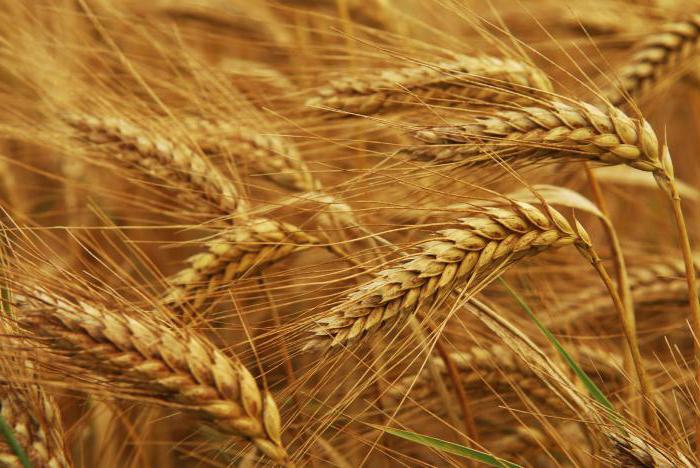

If you alternate garlic with cucumbers, both crops yield higher yields. What to sow after garlic? Umbrella crops such as dill are an excellent option. After planting garlic, as well as next to it, strawberries grow beautifully on this garden plot.
So that the garlic bed after harvesting is not empty in winter, it is sown with wheat or other plants that will also serve as good green manures. For this purpose, rye, mustard, phacelia, vetch and others are often used. The earth will rest, and the plants will replenish its supply with useful substances.
Spring replacement for garlic in the garden
With the onset of spring, many summer residents are thinking about what can be planted in the former garlic beds. In the spring they will gladly accept:
- legumes;
- potatoes;
- tomatoes;
- cabbage;
- cucumbers;
- annual herbs.
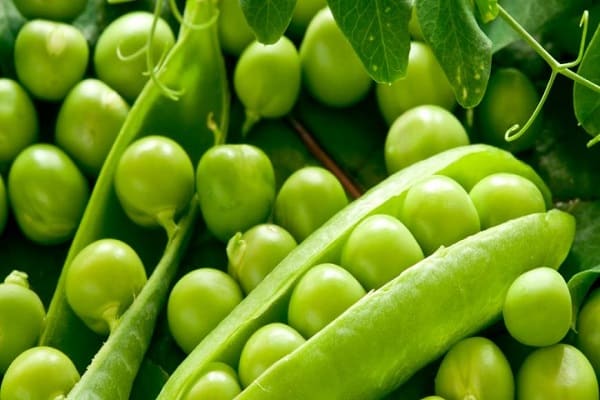

Not mandatory for planting, but the recommended species after garlic are annual herbs. They help replenish mineral reserves and restore soil balance. This variety includes green peas.
Garlic variety matters
Whenever deciding what to plant after garlic for the next year, you should consider the variety of the predecessor. This is due to the different agricultural technology of the crops that will be grown on this site. If winter garlic grew, a lot of nitrogen fertilizers accumulate in the soil under it. In the case of planting spring varieties in this area, it is necessary to fertilize the land with phosphorus and potash mixtures. It is important that subsequent crops prefer exactly those fertilizers that the soil has accumulated in large quantities.
What crops to plant next year
The next step is to decide which plants will be placed in the garlic beds next year. There are plenty to choose from, because after garlic you can grow almost anything:
- early varieties of potatoes;
- beans, peas, lentils and other legumes;
- garden strawberries;
- cucumbers;
- pepper;
- eggplant;
- zucchini;
- pumpkin.
Carrots will grow well in the place of the garlic, and the phytoncides remaining in the soil will help protect the root crop from the carrot.
But cauliflower or white cabbage or beets are unlikely to grow well there, if only you add enough fertilizer to the soil before winter.
Tomatoes can also be planted after garlic, but provided that the intended area is protected from the winds and is not covered by shade. Then you can reap a decent harvest from them.
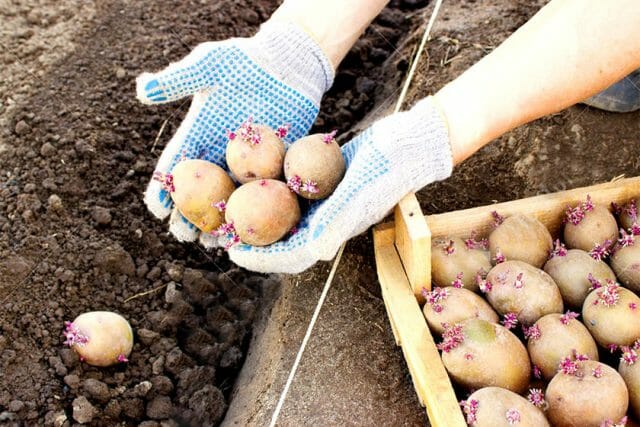

31
What should not be planted after garlic?
In order to get good yields from the crops grown, you should know which of them absolutely cannot be planted after the predecessor, which is garlic. After cultivation, the soil is saturated with nutrients, so any vegetables can grow on it.


But there are exceptions, this is the bow. Experts do not recommend changing the planting sites for garlic and onions, as well as alternating them from year to year. This is due to the fact that cultures have similar characteristics. If you do not follow this rule, the harvest can be very poor, and most importantly, the soil will be depleted. It is impossible to alternate garlic with onions of any kind for the following reasons:
- The soil is full of garlic-loving pests. They stay in it for the winter. As soon as spring comes, the parasites will happily feed on onion shoots, which are also affected by their diseases. The crop can be completely destroyed.
- For the growth of vegetables from the same family, the same microelements are needed, which the plants suck out of the soil. Planting a crop such as onions after garlic is undesirable, as it will have to grow in depleted soil.
Good neighborhood
Planting garlic next to peas or beans is undesirable, the nearby cabbage does not have the best effect. At the same time, it is favorably affected by finding it next to the following cultures:
- tomatoes;
- cucumbers;
- beet;
- Strawberry.
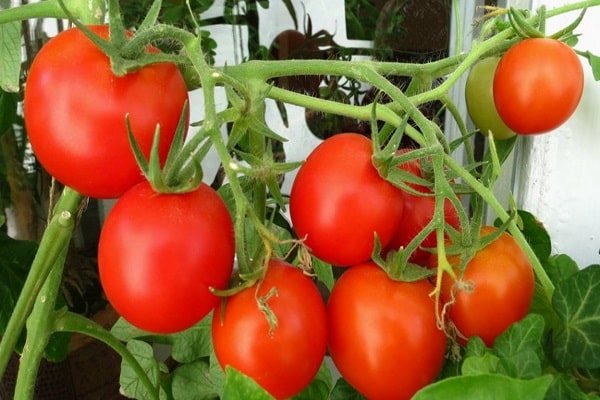

The best neighbor for garlic crops is strawberries. The phytoncides secreted by garlic varieties repel most berry pests. Good growth is observed in garlic next to cucumbers and tomatoes. At the same time, it is important to observe the planting distance, which should not be less than 65 cm. Such a neighborhood protects tomatoes from diseases such as rust, and garlic receives protection from scab.
See also
How to Plant and Care for Family Garlic, Harvest and Store the CropRead
The proximity of such crops with garlic helps to repel many harmful insects. The plant acts as an excellent defender against the following pests:
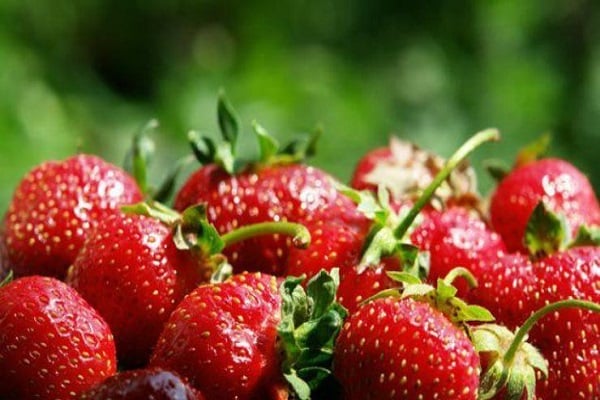

- bear;
- carrot fly;
- Colorado beetles;
- May beetle larvae.
Garlic planted next to potato plant beds will prevent Colorado potato beetle infestations. The plant is able to protect such flower crops as roses, asters, gladioli from aphids. At the same time, the proximity of garlic with dill can improve the taste of the heads.
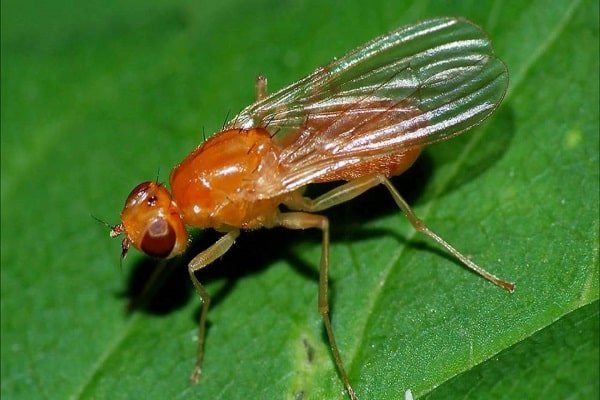

What to plant after what?
In the area where the garlic grew, other vegetables are planted. What to plant after what, how many years to grow in one place, let's figure it out.
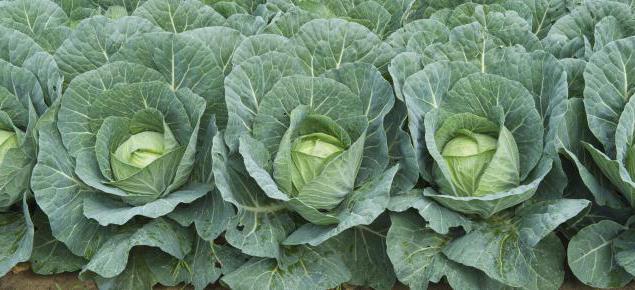

- Cabbage, radish, radish belong to the cruciferous plant family. They cannot be planted in one place for two or three years in a row. For example, if white cabbage was planted right after the garlic, the next year it should be assigned to the area where potatoes, onions, and tomatoes grew. Precursors such as peas, beans, beets, carrots are allowed. It is impossible to grow cabbage in one place for three years or more.
- Potatoes planted after garlic need other predecessors the next year. The best of these are root vegetables and cabbage. Tomatoes are not at all suitable, since both crops have common causative agents of various diseases and pests. You can grow potatoes in the same place when two or three years have passed, no less.
- Cucumbers, squash, squash and pumpkin need to be transplanted to a different location every year. The best precursors for these vegetables are early varieties of cauliflower and cabbage, legumes (excluding beans), and onions. These vegetables do not grow well if planted after carrots and late cabbage varieties. It is allowed to use one soil for growing cucumber crops for four years in a row, no more.
- Tomatoes. Agricultural rules do not provide for their cultivation after a vegetable such as potatoes. These crops have the same pests and diseases. It is recommended to plant tomatoes after cabbage, legumes and pumpkin crops; in extreme cases - after root crops and onions. If tomatoes are grown in one place every year, the soil will become acidic, and this vegetable prefers neutral soil. It will be necessary to bring lime into it every autumn during the digging of the soil.
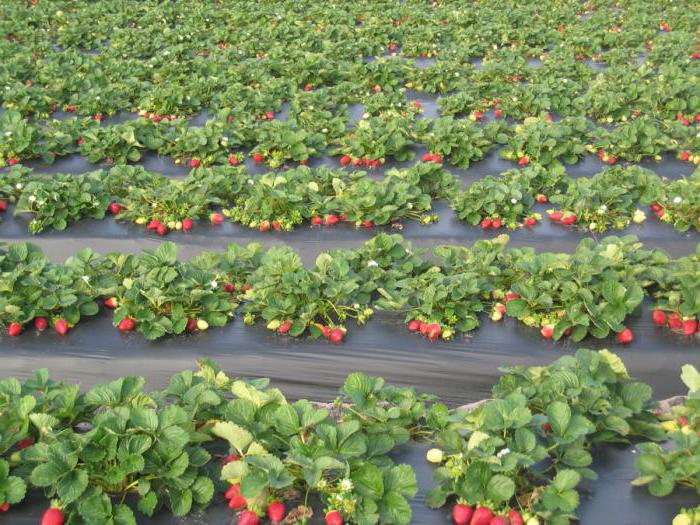

- After the garlic, it is best to plant strawberries and strawberries. It is unacceptable to use one place for planting berries for four years, since during that time the soil will be depleted and become infected with pathogenic microbes that are dangerous to plants. Pests will start in it. Experienced specialists have noticed that such a combination of cultures is suitable for each other. If you plant a "mustache" of berries in the fall, the plants will bloom and bear fruit in the spring.
What to plant in August
At the end of summer, you can use the site for planting radishes. You can plant not all over the garden, but on some part of it, in the remaining place you can put greens. Absolutely any kind of radish is suitable for sowing; it must be planted before mid-August. Seeds should be placed 2 cm deep, 20-30 cm apart on the garden bed and 30-40 cm is the row spacing.To protect vegetation from the appearance of cruciferous fleas, they should be treated with ash.
For your information!
You can get a rich harvest of your radish by replanting your cucumbers, tomatoes, and legumes.
Resting the soil is also a good solution. Plant the site with green fertilizers - siderates. They are conducive to soil regeneration. You can plant beds with them in the fall. Plants such as lupine, mustard, clover, oats, peas, seradella and others are suitable for this purpose. After planting, they remain in place until spring, preparing the ground for planting new seedlings.
In the spring, plant the beds again, then mow the grown plants before they begin to bloom. And you can start planting the planned crops. And the cut stems are great for fertilizing or adding to the compost heap.
By doing this, you will help the soil to grow good, strong plants and get a great harvest from them.
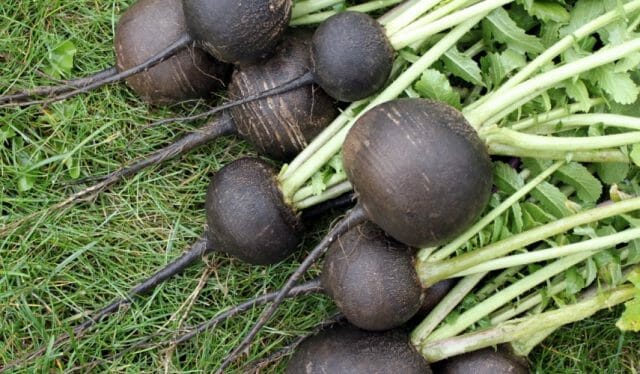

Can you plant garlic after it?
After the harvest is harvested, planting garlic is not recommended again. Planting other vegetables is considered the best option - read which ones in the article above. If there are no other free areas on the site, you might think what to plant after the garlic in August. Siderates are a good option. You need to do this: before the onset of autumn, sow siderates, leave them in the ground for the winter. What to plant after garlic in August? You can plant the garlic again, but only after a while. First, the green manure must overwinter. After that, the next season, you need to repeat the sowing procedure. When the vegetative part of the green manure grows, it needs to be cut. Now the site is ready for planting a new crop.
Benefits of properly planted plants
If in the vacant garden bed where the garlic grew, the order of the planted crops is correctly organized, you can get the following advantages:
- There are fewer pests living in the soil.
- The number of causative agents of various diseases that occur in plants decreases.
- Nutrients and nutrients in the soil improve in quality and increase in quantity.
- The organization of the correct use of fertilizers is improving.
- Mineral additives added to the soil have less negative impact on plants.
What to do after harvesting garlic?
After harvesting the garlic, the soil should be tilled. To do this, you can use a solution of potassium permanganate or copper sulfate, with which the earth is spilled. After that, deep plowing is done, during which fungicides and insecticides are applied. Then it is determined what to plant after the next year's garlic. The most optimal choice would be agricultural crops such as cabbage, beets or tomatoes. These plants are members of a different family. If they are planted after the garlic has grown, the soil will not deplete. Vegetables, on the contrary, will help her in restoring the balance of substances necessary for their nutrition.
Interesting Facts
No kitchen in the world is complete without the use of garlic. Therefore, if there is even a small piece of land, it is necessary to use it specifically for growing garlic.
- In ancient Egypt, garlic was required in the diet of workers who were engaged in manual labor, for example, participated in the construction of the pyramids.
- In ancient Greece and India, garlic was one of the main medicines.
- Garlic is a natural antibiotic, in addition, it strengthens the immune system and has a positive effect on blood density.
Garlic is a natural antibiotic - To remove the unpleasant odor after garlic, you need to chew parsley, cardamom seeds, or cinnamon.
Garlic breath can be removed by chewing parsley
Tags: plant, after, next, garlic
About
«Previous post

